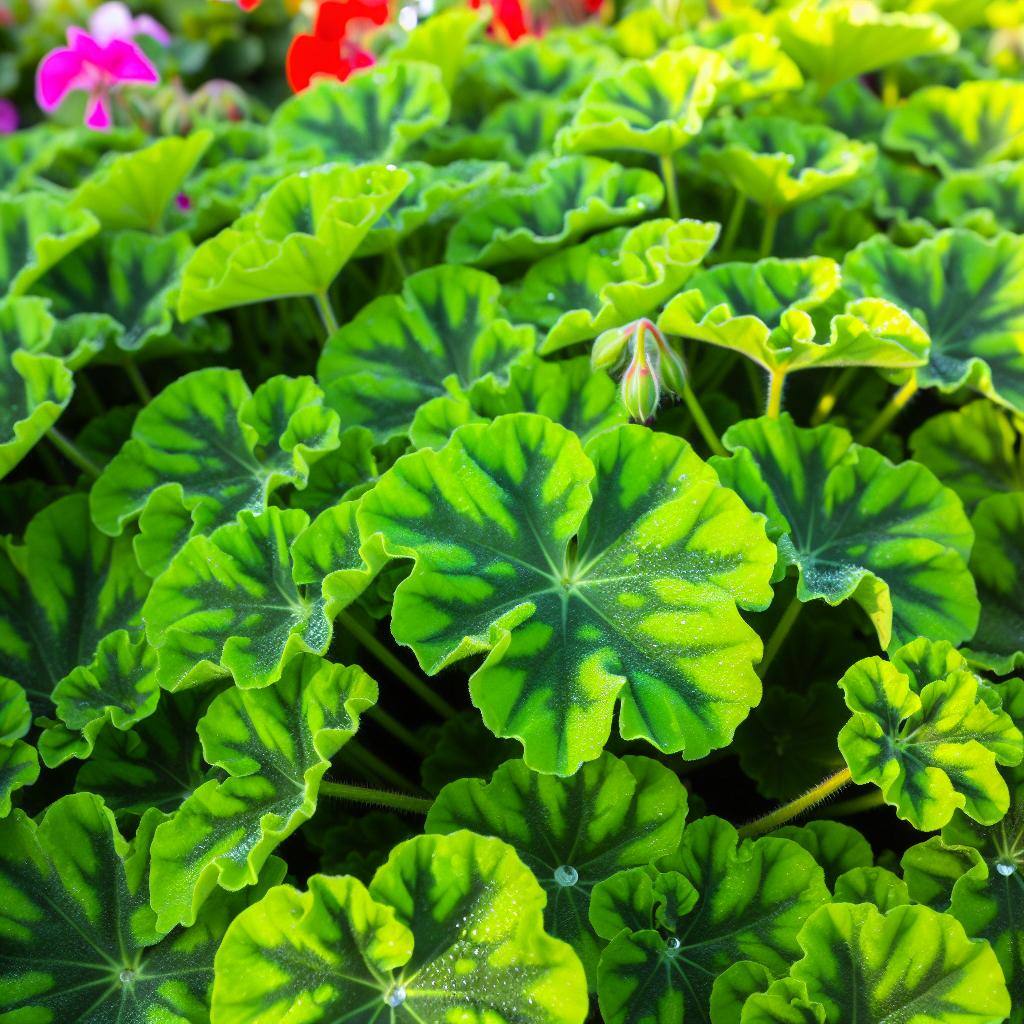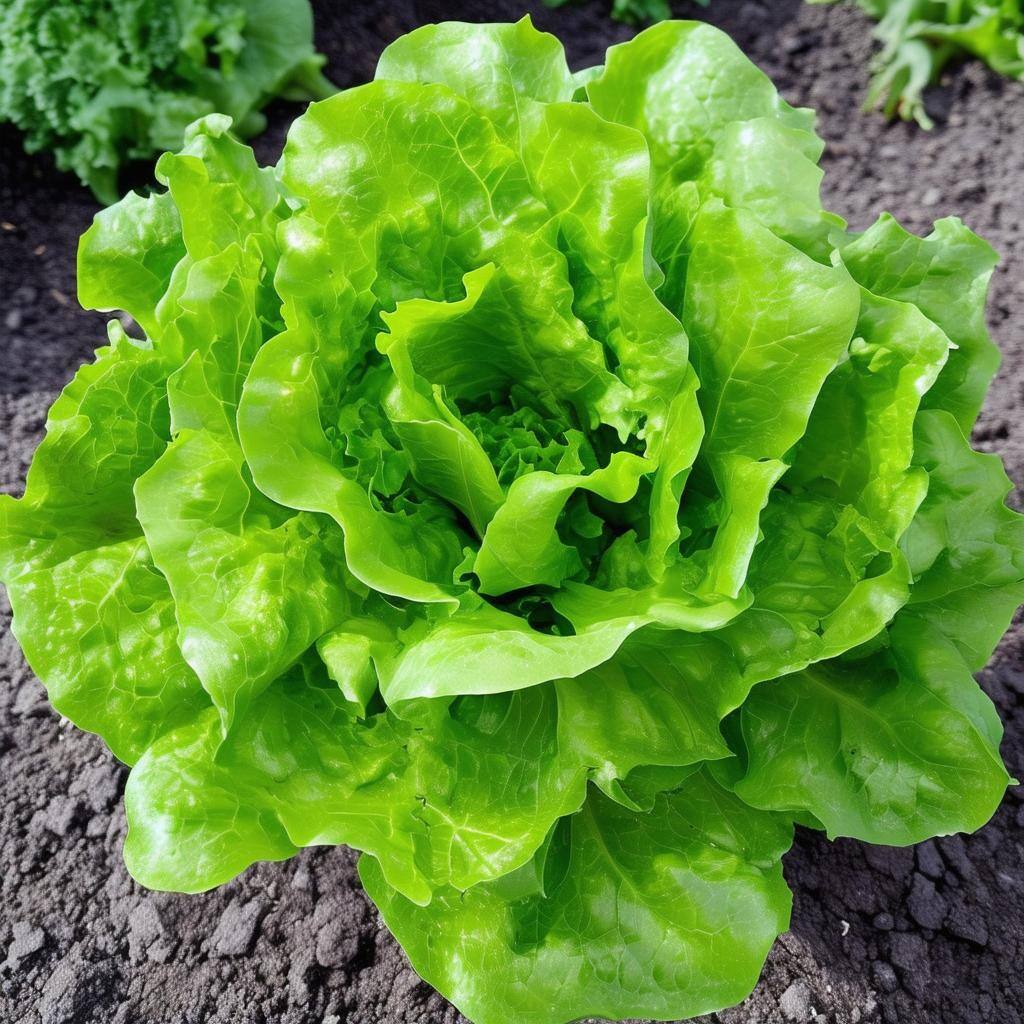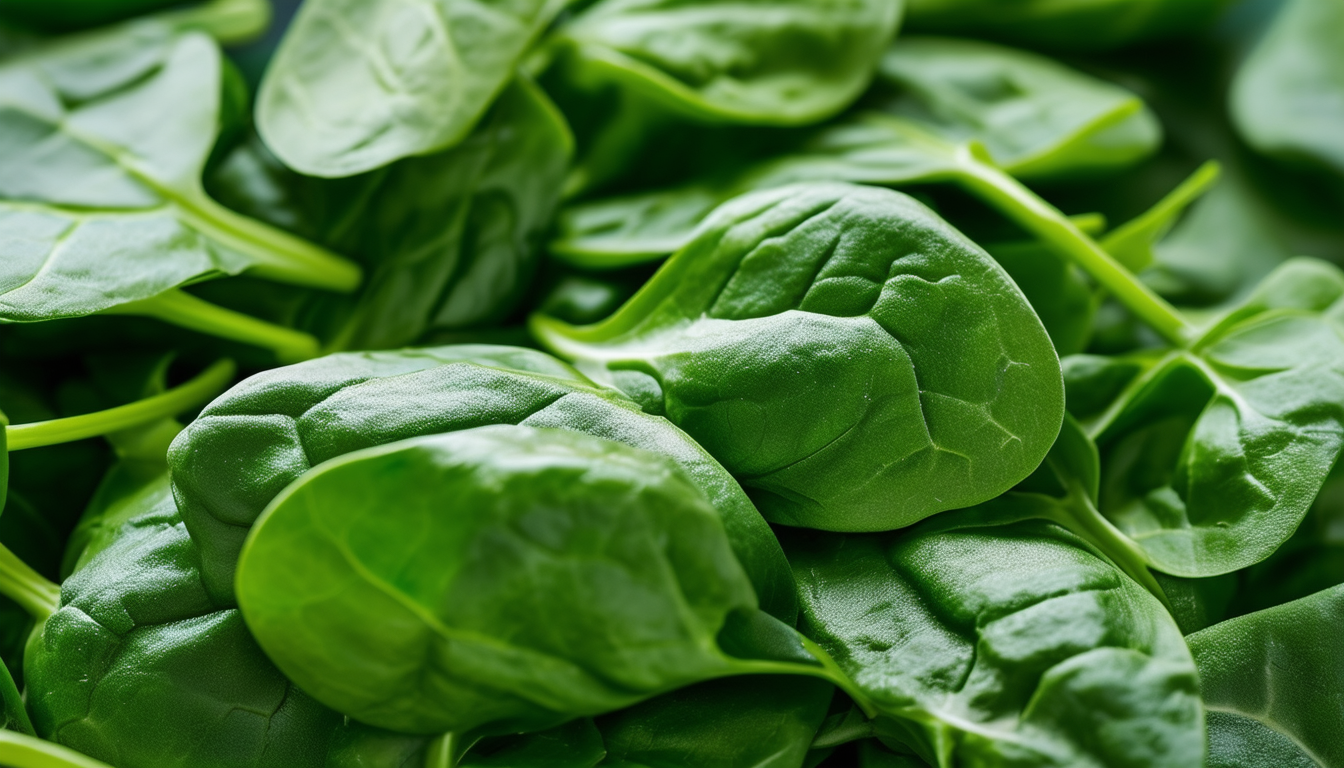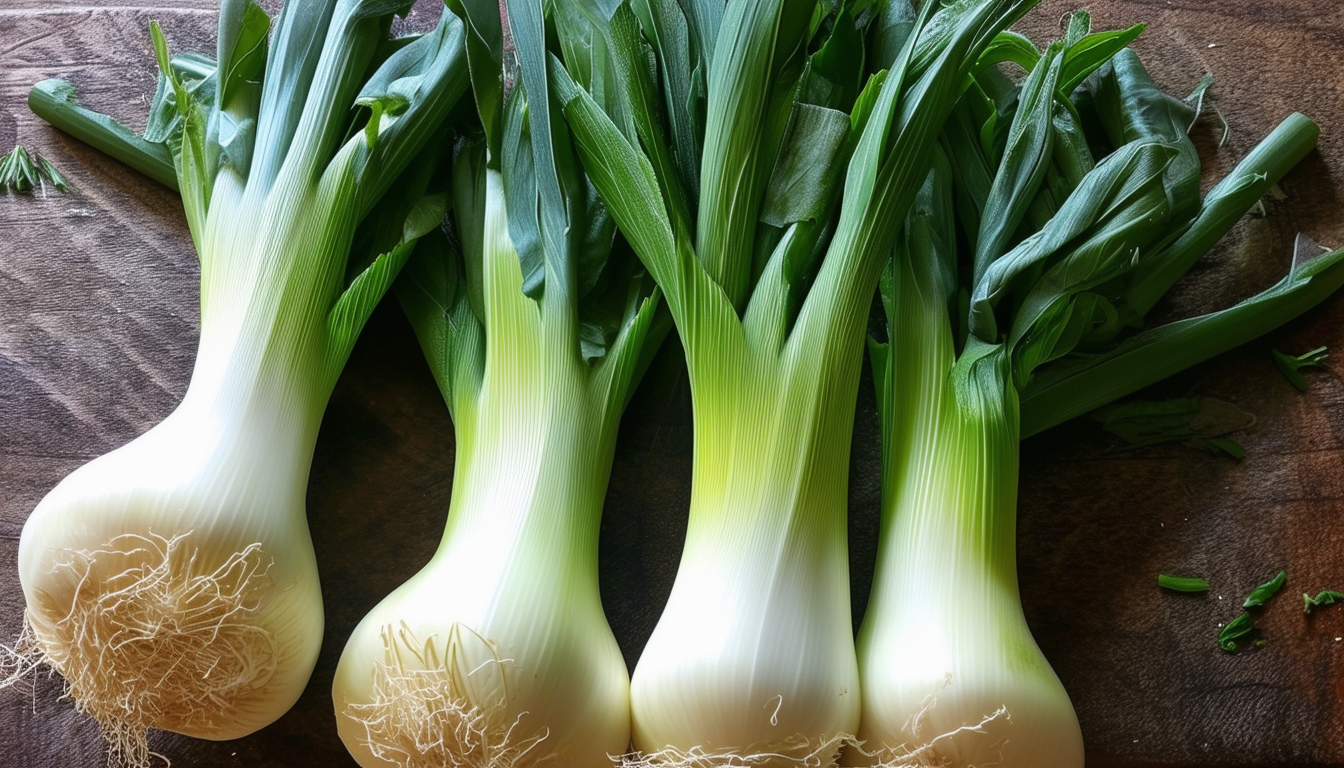
Unlock the secrets to lush, vibrant geraniums with our expert guide on maintaining healthy leaves all season long.
Understanding Geranium Basics: Sunlight and Soil Requirements
Geraniums are beloved for their vibrant flowers and ease of care, but like all plants, they have specific needs to thrive. Sunlight is a critical factor for geraniums; they require at least six hours of direct sunlight each day to maintain robust growth and bloom production. When it comes to soil, geraniums prefer well-drained, fertile, and loamy conditions. The pH level should ideally be neutral to slightly acidic. Ensuring your geraniums are planted in the right soil and location can significantly impact their health, particularly the vitality of their leaves.
To optimize these conditions, consider the placement of your geraniums carefully. Outdoor plants will benefit from morning sunlight and some afternoon shade in hotter climates to prevent leaf scorch. For potted geraniums, use a high-quality potting mix and consider adding perlite or vermiculite to improve drainage. Regularly check the soil's pH and adjust it if necessary using soil amendments. The right balance of sunlight and soil will set the stage for your geraniums to grow lush, green leaves.
Watering Techniques for Optimal Leaf Health
Water is essential for geraniums, but too much or too little can cause problems. Overwatering can lead to root rot and yellowing leaves, while underwatering can cause the leaves to wilt and drop off. To maintain optimal leaf health, water your geraniums when the top inch of soil feels dry to the touch. During the hot summer months, you may need to water more frequently, especially if your geraniums are in containers or hanging baskets.
It's best to water geraniums in the morning to allow any excess moisture on the leaves to evaporate during the day, reducing the risk of fungal diseases. Using a watering can or hose attachment, apply water directly to the soil, avoiding the leaves to prevent disease. Ensure adequate drainage in the pots or garden beds to prevent water from pooling around the roots. Consistency in your watering routine will help keep your geraniums' leaves plump and healthy.
The Role of Fertilization in Sustaining Leaf Vibrancy
Fertilization is key to maintaining the vibrancy of geranium leaves, encouraging strong growth and a profusion of blooms. Geraniums benefit from regular feeding during the growing season, ideally with a balanced, water-soluble fertilizer applied every four to six weeks. Look for a fertilizer with an even ratio of nitrogen, phosphorus, and potassium to support overall plant health.
When applying fertilizer, follow the instructions on the product label to avoid overfeeding, which can burn the roots and damage the leaves. It's important to water the plant thoroughly after fertilizing to help distribute the nutrients through the soil. Remember to reduce or stop fertilizing in late summer to prepare the plant for dormancy in the fall and winter.
Common Leaf Problems and Their Solutions
Geraniums can encounter a variety of leaf problems, including yellowing, browning, and leaf loss. Yellow leaves can be a sign of overwatering, poor drainage, or nutrient deficiencies. Addressing the underlying cause by adjusting watering habits or improving soil conditions can often resolve these issues. Browning leaf edges may indicate sunburn, dry soil, or fertilizer burn. Ensuring proper sun exposure, consistent watering, and careful fertilization can help prevent these problems.
Pests and diseases like aphids, whiteflies, and geranium rust can also affect leaf health. Regularly inspect your plants for signs of infestation and treat promptly with insecticidal soap or a fungicide if necessary. Keeping your geraniums healthy with the right care routine will make them less susceptible to pests and diseases, ensuring their leaves remain vibrant and strong.
Seasonal Care Tips to Keep Geraniums Flourishing
Geraniums require different care as the seasons change. In spring, prune any dead or damaged foliage to encourage new growth. As the weather warms, monitor moisture levels closely and increase watering if needed. In summer, protect plants from intense heat by providing afternoon shade, and deadhead spent blooms to promote more flowers.
As autumn approaches, reduce watering and stop fertilizing to help plants prepare for dormancy. If you live in a cooler climate, consider bringing potted geraniums indoors for the winter. Place them in a sunny window and water sparingly. With these seasonal care adjustments, your geraniums will remain robust and ready to burst into full bloom each year.



